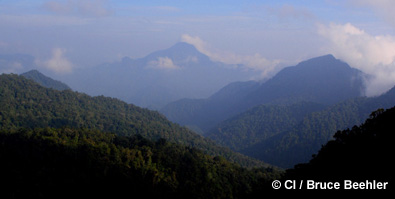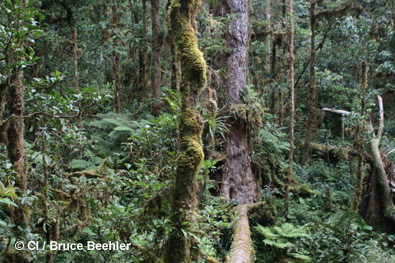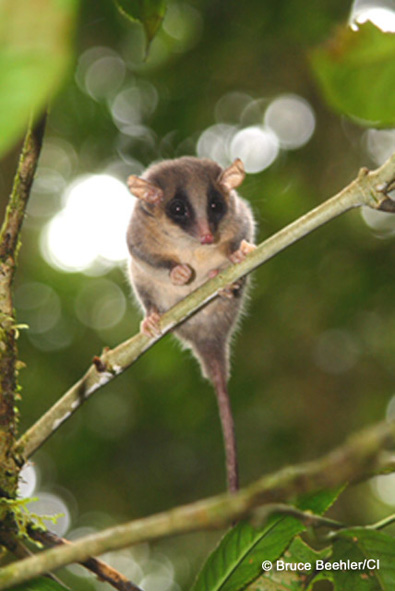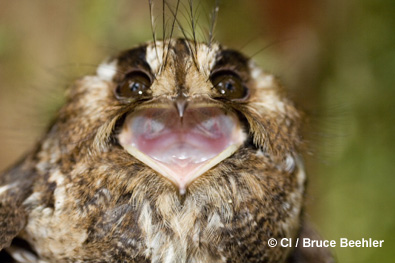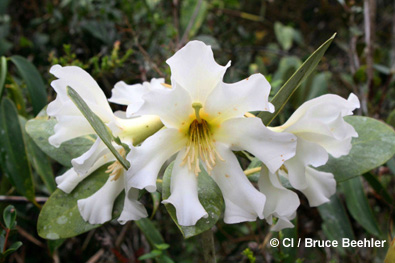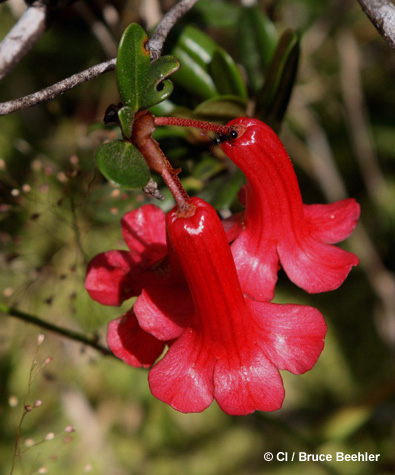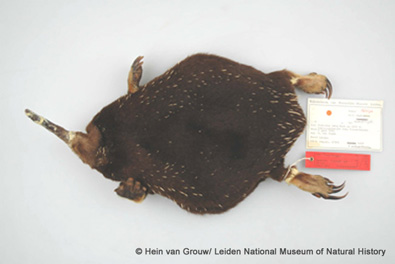During a follow up visit to the Foja Mountains of Papua, scientists from Conservation International and the Indonesian Institute of Sciences have recently announced the discovery of two new undocumented mammals.
The team set off the revisit the Foja Mountains, where in 2005 they discovered dozens of new species of plants and mammals, resulting in the region being described as a “Lost World”.
Papua still has large tracts of intact rain forest, and the Foja region which is part of the Mambero Basin is the least developed or “unroaded” tropical forest in the Asia Pacific.
During an expedition in June last year, conservationists surveying the area came across two remarkable and unfamiliar mammal species. The discovery of a Cercartetus pygmy possum, one of the world’s smallest marsupials and a Mallomys giant rat are testimony to the unique, and possibly undiscovered biodiversity Papua still holds.
The giant rat is said to be about five times the size of a typical city rat and apparently exhibited no fear of humans, visiting the camp on numerous occasions.
Both mammals are currently being studied further to confirm their status as separate species.
In addition to the incredible mammal discoveries, during the survey, scientists also recorded mating displays and photographed many rare birds for the first time.
The team also found incredible plant species such as a “Giant White” Rhododendron, a species yet to be described and possibly the largest of any rhododendron species in the world.
To see more photographs and read more about this incredible expedition, please visit:
Https://www.conservation.org/campaigns/Pages/foja.aspx#
The EDGE of Existence programme is very keen to send out a team to revisit Papua (Dr Jonathan Baillie returned from an expedition to the Cyclops Mountains in May 2007, see his exciting discoveries here) .
The ZSL EDGE Programme, together with partner organisations Conservation International and the Indonesian Institute of Science, plan to survey the Cyclops Mountains Nature Reserve for our Number 2 EDGE species, Attenborough’s long-beaked echidna (Zaglossus bruijni).
This species has not been seen since 1961 and there are no existing photographs or footage of this animal other than a photo of the type specimen. However during his recent exploration of the Cyclops Mountains, Jonathan Baillie discovered some compelling evidence that Attenborough’s long-beaked echidna still survives. A series of nose pokes were found and local community members gave accounts of seeing (and eating) this rare and cryptic animal.
EDGE are currently fund raising to get a team out to this remote location and to secure an EDGE Fellow to continue work in Papua.
Papua still boasts over 40 million hectares of tropical forests and contains some of the richest biodiversity in the world; however it is not immune to the increasing threats from clearance for palm oil plantations and illegal logging. Expeditions like these highlight the need to protect such valuable ecosystems and ensure they remain untouched safe havens for countless unique species.

